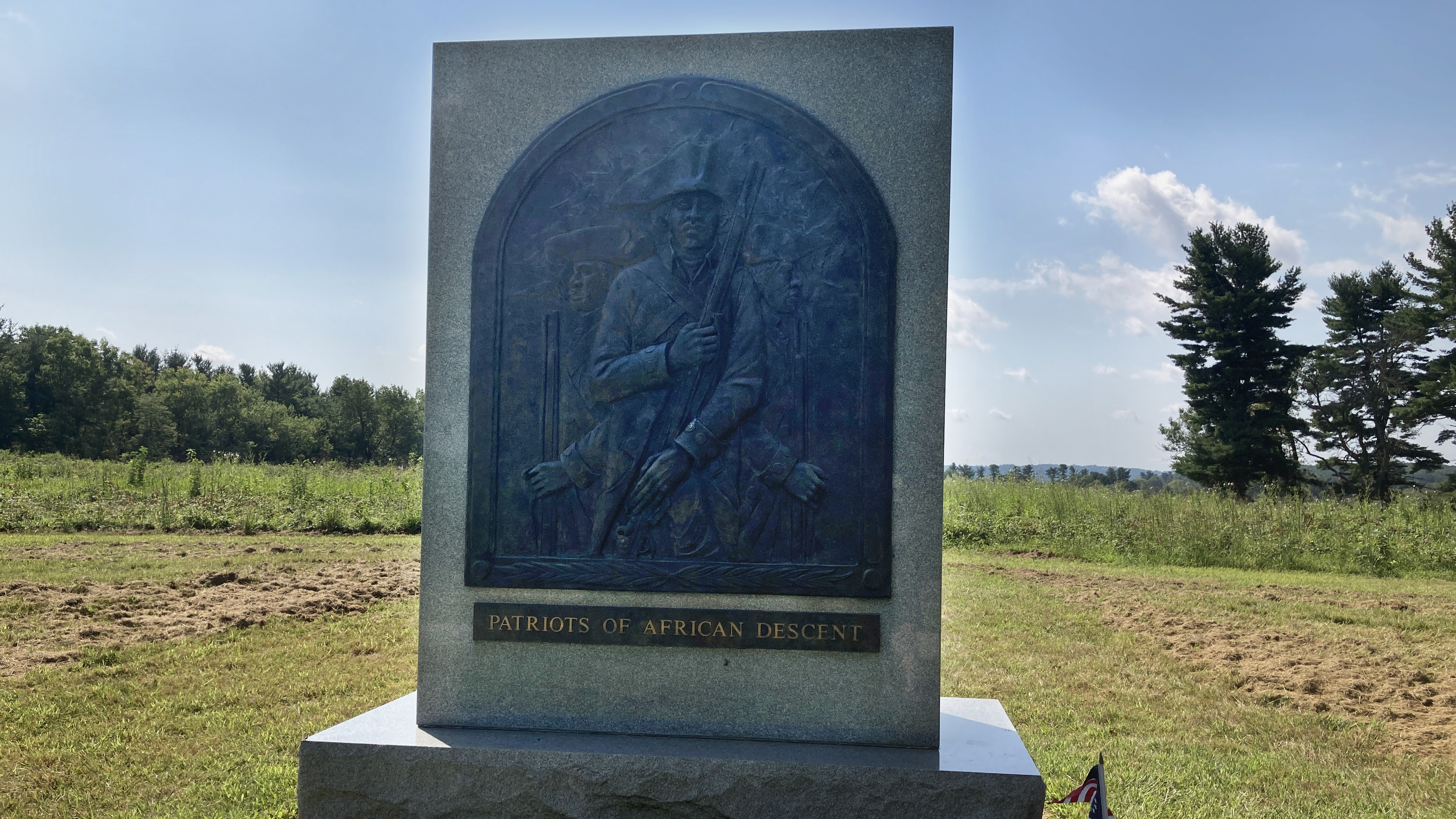William Buckley Memorial Island - 40°51'9"N 73°46'12"W / 40.85250°N 73.77000°W / 40.85250; -73.77000 Coordinates: 40°51'9″N 73°46″12″W / 40.85250°N 73.77000°W / 40.85250; -73.77000
Located west of Long Island Sound in the northeast Bronx in New York City. Measuring approximately 1 mile (1.6 km) long and 0.33 miles (0.53 km) wide, Hart Island City is part of the Pelham Islands to the east of the island.
William Buckley Memorial Island

The first public use of the island was in 1864 as a training ground for the United States Army. Since the th, Hart Island has been the site of a Union Civil War camp, a mental institution, a tuberculosis hospital, a pottery and cemeteries. , homeless shelters, juvenile corrections, prisons, and drug rehabilitation centers. Several other buildings, such as a park, were planned for Hart Island but never built. During the Cold War, Nike missiles were stationed on Hart Island. The island was used as a prison and shelter until 1967; The last settlement was abandoned in 1977. Potter's Field on Hart Island was operated by the New York City Department of Corrections until 2019, when the New York City Council voted to transfer the authority to the Department of Parks. and recreation of New York City.
Holiday Concerts Celebrate A Return To Traditions
More than a million people are buried on Hart Island, although since the first decade of the 21st century, less than 1,500 people have been buried each year. Burials on Hart Island include people who were not claimed by family or were not buried; homeless and disabled; and funerals for people who have been infected.
Access to the island is restricted by the Department of Corrections, which operates an infrequent ferry service and imposes strict visitation quotas. The funeral was conducted by the inmates of Rikers Island. The Hart Island Project, a public charity founded by artist Melinda Hunt, has worked to improve access to the island and make burial information more accessible. The transfer to the Parks Department in 2019 has been requested for over two decades and is expected to facilitate public access to the island. Burials continued in the pottery area of the island after the migration.
There are many theories about the origin of the island's place name. One theory suggests that British photographers named it "Heart Island" in 1775 because of its organ-like shape but soon dropped the 'e'.
Other names given to the island in the late 18th century were "Little Minford Island" and "Spectacle Island", as the shape of the island was thought to be like a spectacle.
First Inaugural Address
Another theory, based on the meaning of the glaucous word "hart", which means "stag", is the name of the island when it was used as a game reserve.
Another version says it was named after the deer that migrated from the mainland when ice covered that part of Long Island Sound.
Hart Island is about 1 mile (1.6 km) long and 0.33 miles (0.53 km) wide at its widest point. It is 0.33 miles (0.53 km) from the east side of City Island.

Hart Island is different from other cities: there is no electricity and the only way to get there is by boat.
How To Tour The Berlin Wall
Before European colonization, Hart Island was occupied by the Siwanoy tribe of Native Americans. In 1654, physician Thomas Pell bought the island from Siwanoy as a 9,166-acre (37.09 km) parcel.
Pell died in 1669 and ownership passed to his brother Sir John Pell, son of the British mathematician John Pell. The island remained in the Pell family until 1774, when it was sold to Oliver de Lancy. Later sold to Rodman,
According to Elliot Gorn, Hart Island became a "favourite boxing venue" in the early 19th century. Boxing on the island could attract thousands of spectators.
The first public use of Hart Island was the training of the 31st Regiment of the United States Colored Troops which began in 1864.
Howard County Ticket. The Union Forever. For President Abraham Lincoln. For Vice President Andrew Johnson. [n. P. 1864].
A ship named the John Roemer transported workers to the island from the Battery on the southern shore of Manhattan. A commandant's house and recruiting barracks were built; The barracks include a library and a concert hall;
It could employ 2,000 to 3,000 workers at a time, and over 50,000 meters were eventually trained there.
The camp was used for four months in 1865 during the American Civil War. The island held 3,413 captured Confederate Army soldiers.

Of these, 235 died in the camp and are buried in Cypress Hills Cemetery. After the Civil War, undocumented veterans were buried on the island in a military plot, separate from Potter's farm and in the same location. Some of these soldiers were moved to West Farm Cemetery in 1916 and others were removed to Cypress Hills Cemetery in 1941.
Secrets Of Statecraft: Christopher Buckley On The History Of The Social Faux Pas
The first graves on Hart Island are those of 20 Union soldiers during the American Civil War.
On May 27, 1868, New York City bought the island from Edward Hunter, who owned Hunter's Island, for $75,000.
In 1869, a 24-year-old woman named Louisa Van Slyck, who died at Charity Hospital, was the first person to be buried on the 45-acre (180,000 m) island.
In 1880, the New York Times described the island as a "five-pointed Gree-tree", comparing a large cemetery in Brooklyn with a historic slum in Manhattan. The newspaper also said of Hart Island, "This is where the thick pine boxes come from Blackwell Island", referring to the flow of corpses from hospitals on modern Roosevelt Island.
Buckley Bay Hi Res Stock Photography And Images
The Potter's Field on Hart Island replaces two previous pottery fields in the designated areas of Washington Square Park and the New York Public Library's Main Branch in Manhattan. By 1958 the number of burials on Hart Island exceeded 500,000.
Hart Island was used as a quarantine station during the Yellow Fever outbreak of 1870. At this time, the island had a women's mental hospital called The Pavilion, built in 1885, and a tuberculosis hospital.
After an investigation in 1892 found that the city's shelters were overcrowded, it was proposed to expand 1,100 to 1,500 beds on Hart Island.

In the late 19th century, Hart Island became the site of the Boys' Workhouse, an extension of the prison and almshouse on Blackwell Island. The M workhouse was established in 1895, and the T years youth workhouse followed.
Point Lonsdale Lighthouse 1902. Story Of Convict William B…
At the beginning of the 20th century, Hart Island had about 2,000 juvenile delinquents and elderly men in Blackwell Prison.
In 1924, John Hunter sold his 4-acre (1.6 ha) plot of land west of Hart Island to Solomon Riley, a real estate tycoon from Barbados.
Riley later proposed building a park on Hart Island that would serve the majority of Harlem's immigrants in Manhattan.
Because at the time, African-Americans were banned from Rye Playland and Dobbs Ferry parks in the New York City area.
Attorney General Barr Will Self Quarantine After Exposure To White House Colleagues Infected With Virus
Riley began building a ballroom, boarding houses, and a runway, and purchased sixty boats for the project.
The Hart Island prison population was moved to Rikers Island during World War II, and the US Army used the former Hart Island workhouse as a penal camp. Rikers Island was soon overrun with inmates.
The New York Department of Corrections reopened Hart Island as a prison after the war, but the facilities were deemed inadequate.

The New York City Census Bureau approved the construction of a homeless shelter on the island in 1950; It is intended to serve 2,000 people.
Foam On The Range: State, Air Force Investigating Whether 'forever Chemicals' Have Moved Into Nearby Wells
The New York City Department of Human Services closed the homeless shelter and the Department of Corrections took over control of the island.
The island holds between 1,200 and 1,800 prisoners, serving short terms of between 10 days and two years.
In 1956, the island was renovated with a Nike Ajax missile silo. Battery NY-15, as the silo is known, was part of the US Army's Fort Slocum from 1956 to 1961 and was operated by the Army's 66th Missile Battalion. The silos are underground and operated by large machines.
Some silos were also built on David Island. The Integrated Fire Control System, which tracks targets and missiles, is located at Fort Slocum. The last parts of the missile system were scrapped in 1974.
Exciting Kayak Excursions In The Naples Area
In 1959 construction of a new $7 million facility on Hart Island was announced to replace the existing facility.
Crater Field was named after Marvin Crater, a businessman who donated 2,200 seats salvaged from the demolished Ebbets Stadium.
After being outside for many years the chairs fell into disrepair and were donated to various individuals and organizations in the year 2000.

The island continued to be used as a prison until 1966, when the prison was closed due to changes in the PAL code.
The Eagle Of Liberty Strangling The Serpent Of Corruption. True American Ticket. For President. Wm. Henry Harrison. For President Francis Granger Ohio Electors Of President And Vice President Of The U. States. [1840?] |
CTR became Fox House, which opened in 1967; It soon progressed to an area with 350 residents and a vegetable garden. The Fox House hosts events that sometimes draw crowds.
William buckley jr, william buckley gore vidal, william f buckley, william buckley books, william f buckley books, william f buckley sailing, william buckley jr books, william j buckley, william buckley, william f buckley jr, william f buckley biography, william f buckley poster
0 Comments